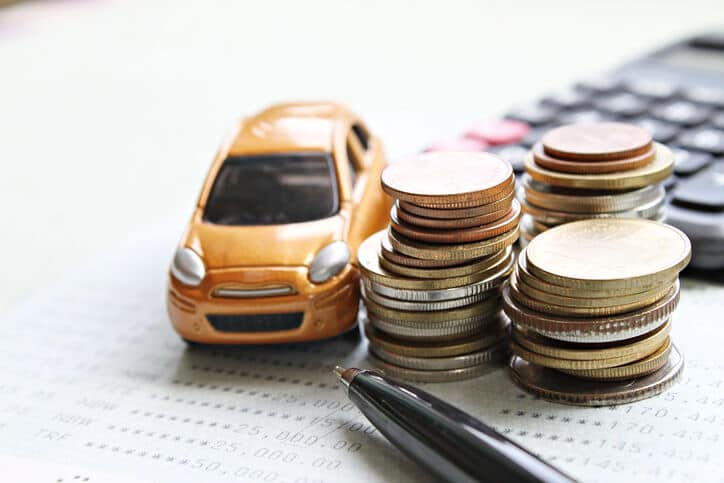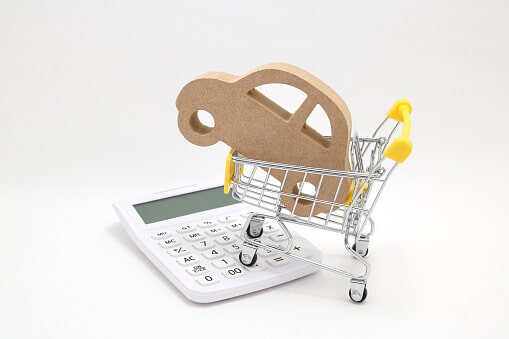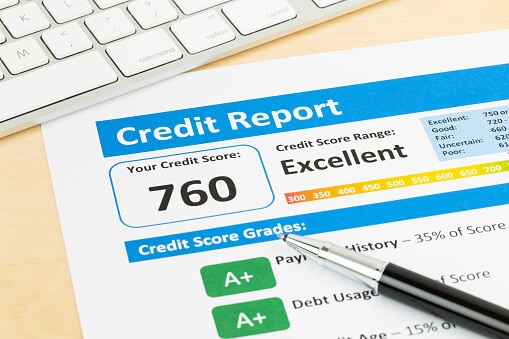Tag: auto loans
-

The Average Monthly Car Payment Explained
We are going to show you exactly what you should expect to pay for a new and used average monthly car payment. When seeking a car loan, smart buyers should always pay close attention to the price and interest rates. Why are interest rates and prices important? An expensive car means high monthly car payments…
-

Car Loan Amortization Explained
When in a dealership or when dealing with finance, it’s inevitable to hear some puzzeling words that need a little bit more explanation. This article will describe Car Loan Amortization and show you clearly how it works. What is Car Loan Amortization? Amortization is a process where a loan is paid through previously arranged payments…
-

How to Improve Your Credit Score
It’s easy to fall into bad habits. You may make an exception for just once but before you realize it, it becomes a routine. You may be stuck to these bad habits that it becomes difficult to break out of hit. This is similar in the case credit habits, once you adopt bad credit habits,…